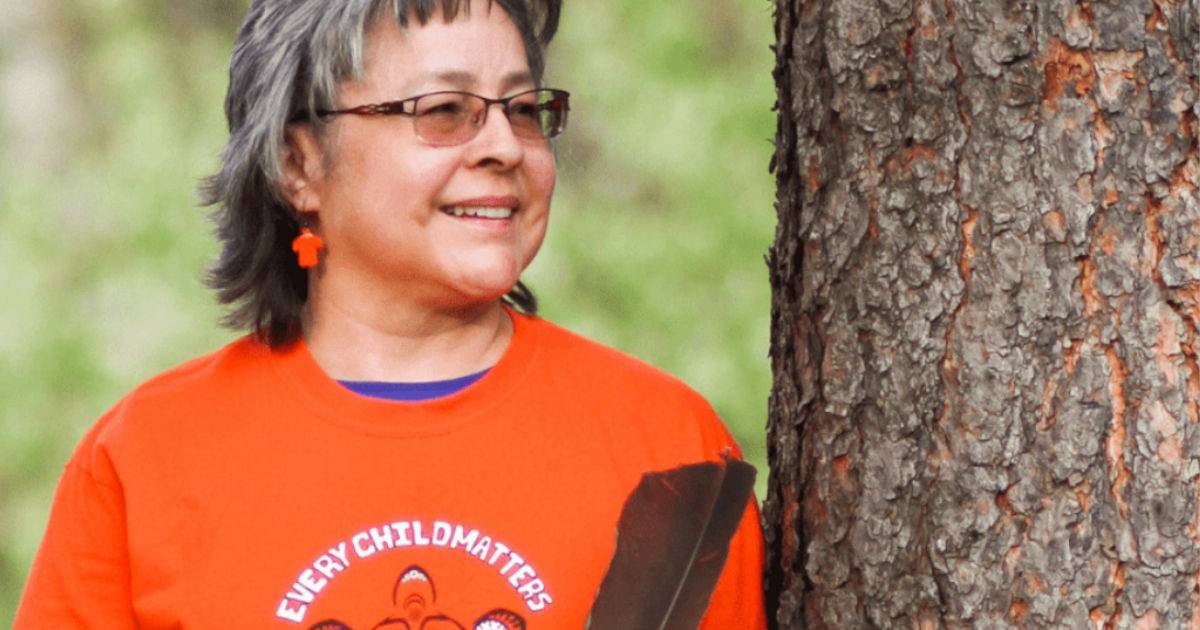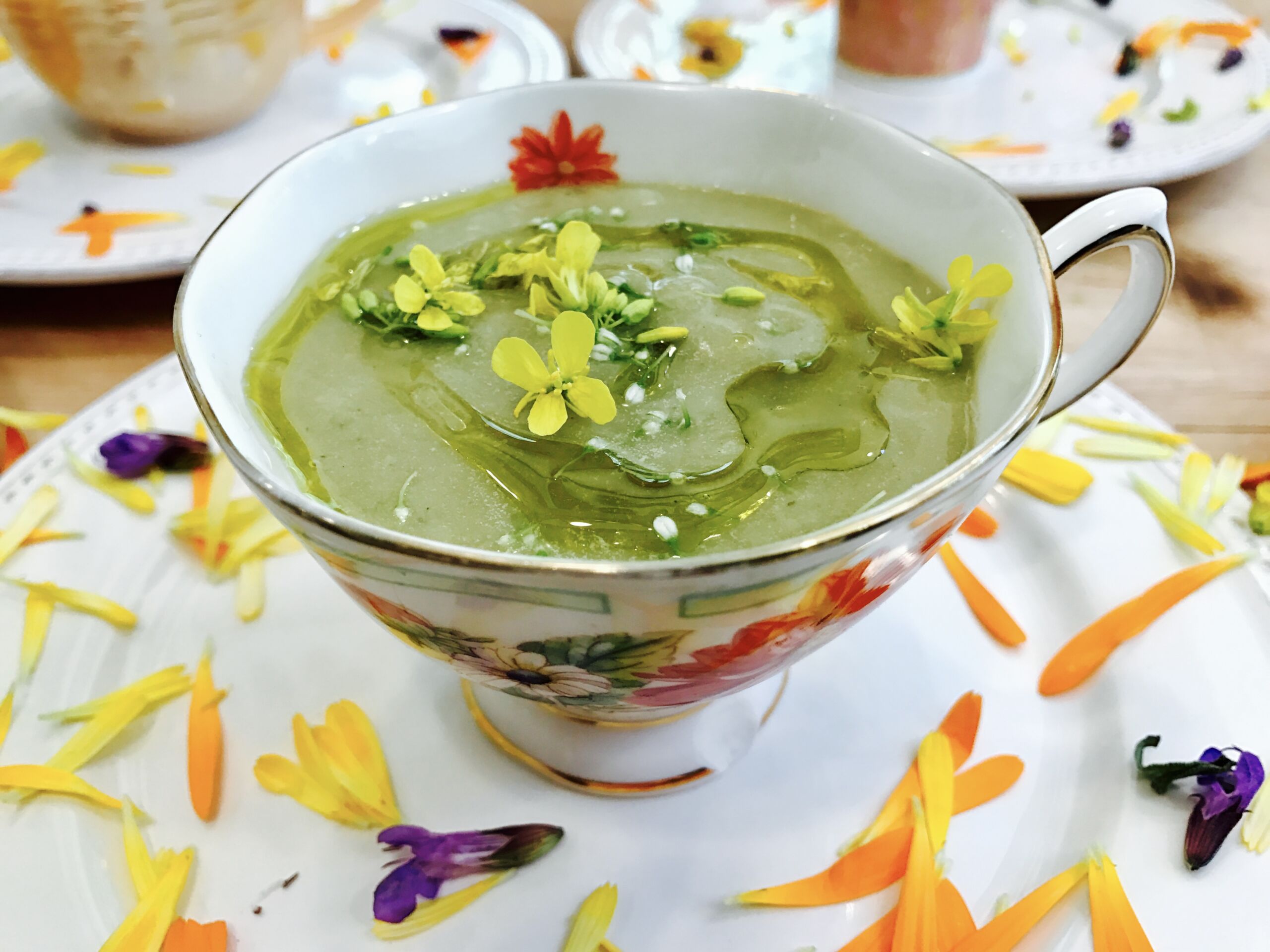Orange is the colour of the shirt that Phyllis (Jack) Webstad was wearing on her first day attending a residential school when she was six years old. Her grandmother bought her this shirt that she says “had string laced up in front and was so bright and exciting.”
Phyllis’ first day at residential school was devastating. She was stripped, and all of her clothes were taken away from her, including the orange shirt. It was never returned and always made her think of her experiences at residential school.
“The colour orange has always reminded me of that and how my feelings didn’t matter, how no one cared and how I felt like I was worth nothing,” she says. “All of us little children were crying, and no one cared.”
The colour orange symbolizes the many losses experienced by thousands of Indigenous children, their families and their communities over several generations.
Orange Shirt Day was inspired by Phyllis’s story and launched in 2013. September 30th was chosen as the date for Orange Shirt Day because it represents the time of year school starts and when the children were taken away from their families. Its goal is to educate people about residential schools in Canada and to honour and remember the experiences and loss of the First Nation, Inuit and Métis children who were stolen from their families and placed in these schools. Many orange shirts bear the message “Every Child Matters” to reaffirm to survivors of residential schools that they matter.
Click on these links to learn more about Orange Shirt Day and The Orange Shirt Society, a non-profit organization with the mission to:
- Support Indian Residential School Reconciliation.
- Create awareness of the individual, family and community inter-generational impacts of Indian Residential Schools through Orange Shirt Society activities.
- Create awareness of the concept of “Every Child Matters.”
Also read: Q&A With Inuit Author Michael Kusugak. Born in a sod hut near Repulse Bay, Nunavut, storyteller Michael Kusugak lived his early years in the nomadic Inuit tradition. But in 1954, at the tender age of six, he was sent to a residential school in Chesterfield Inlet, 400 km from home, where the children were not allowed to speak in their own language (Inuktitut).













